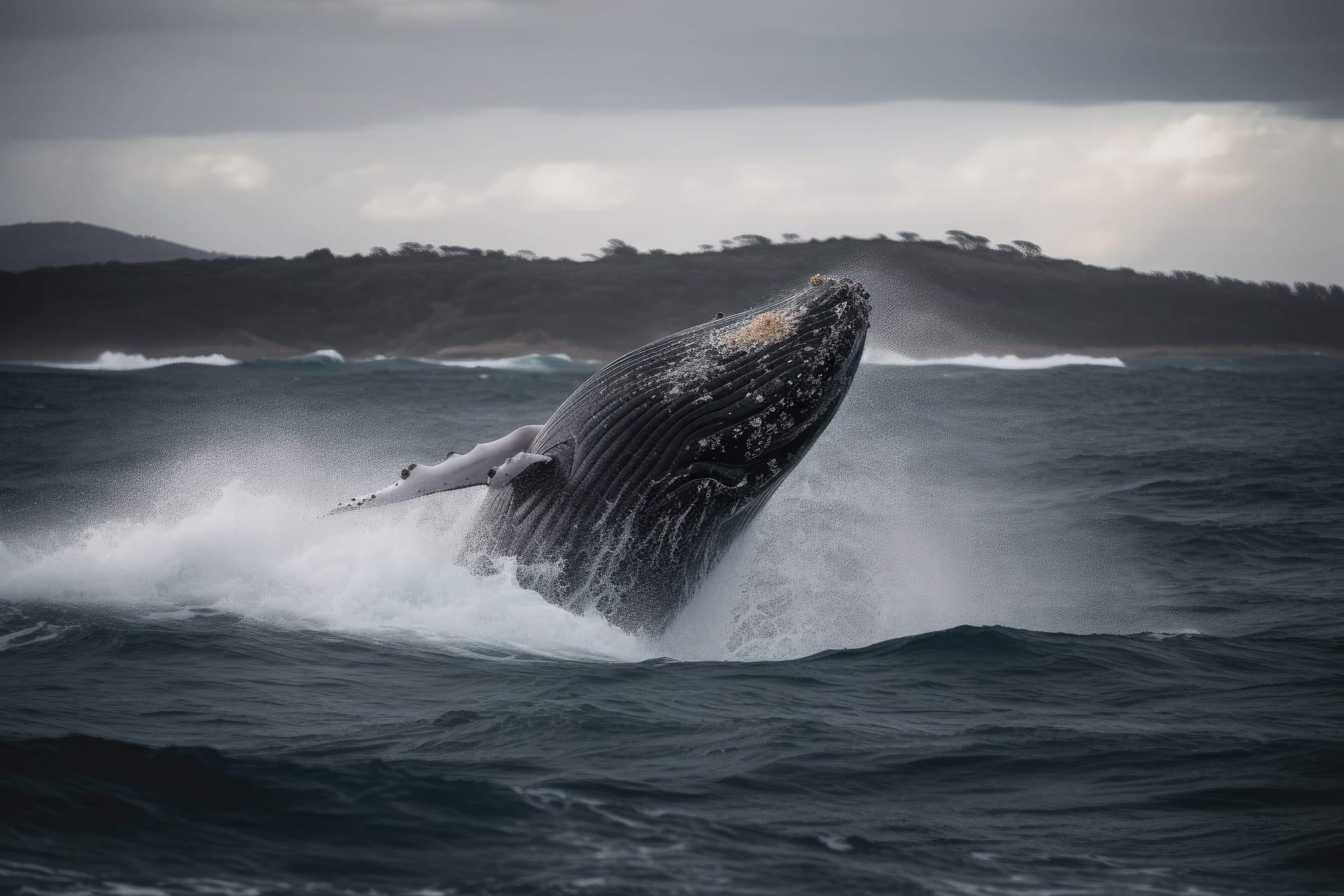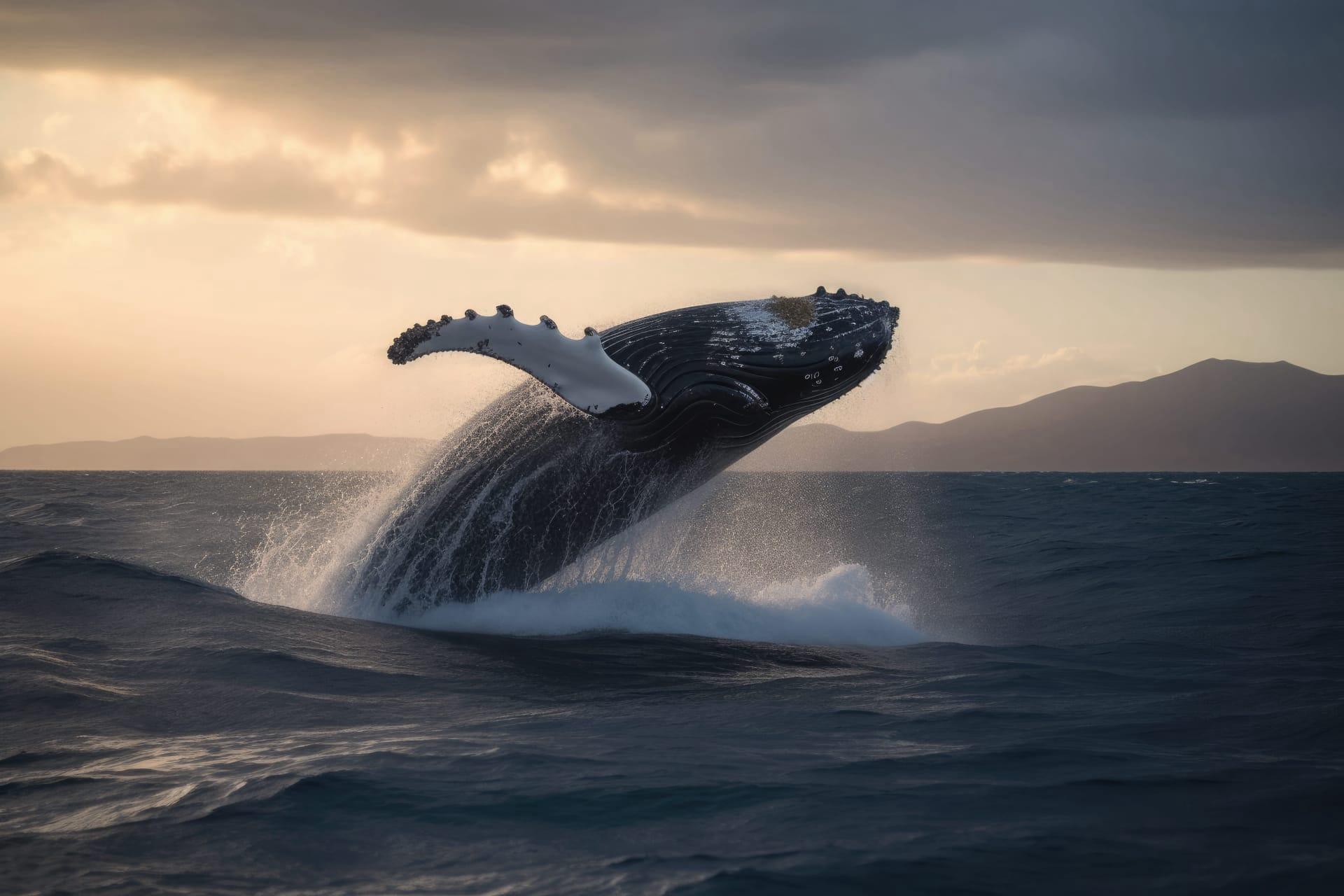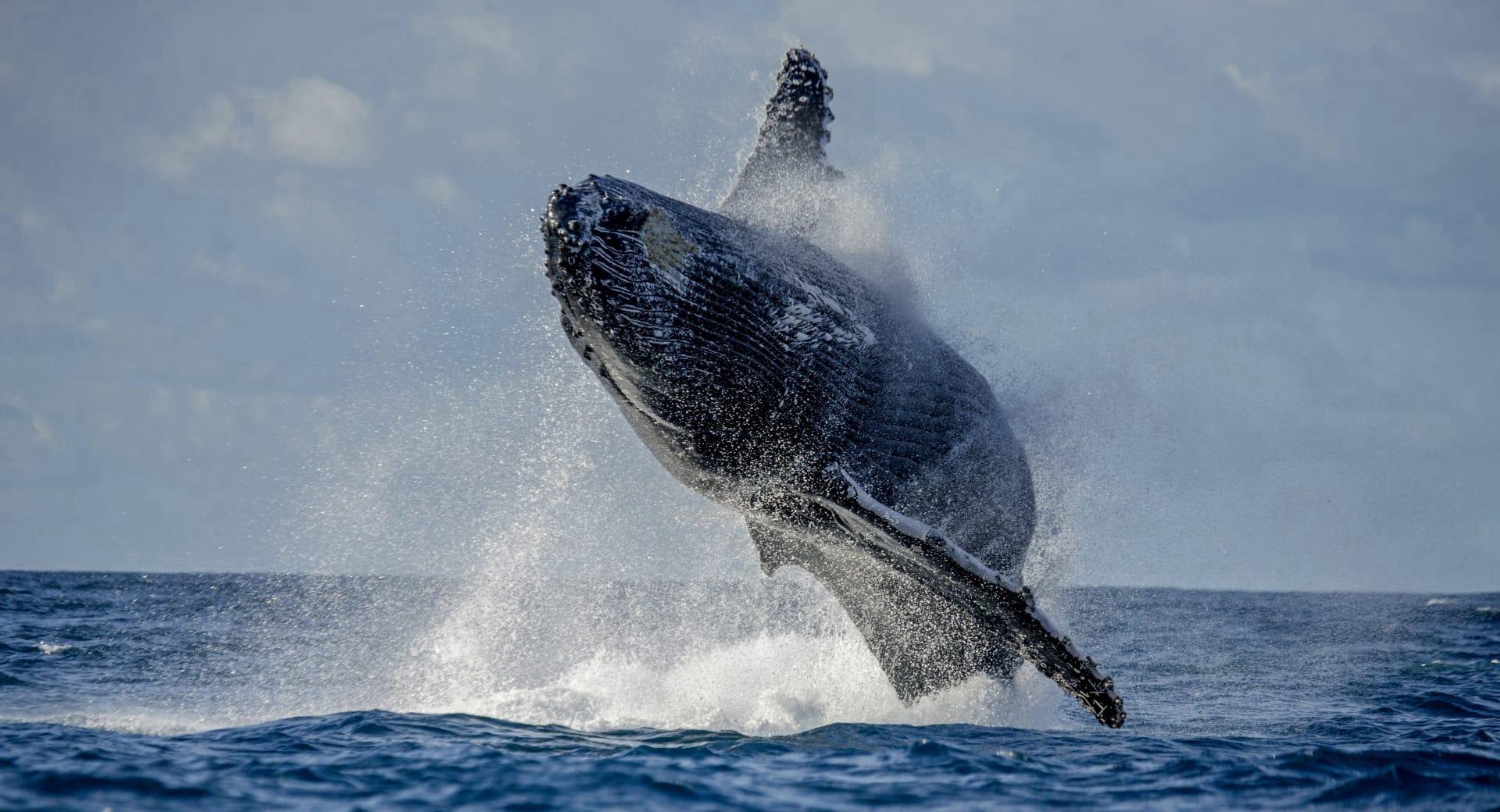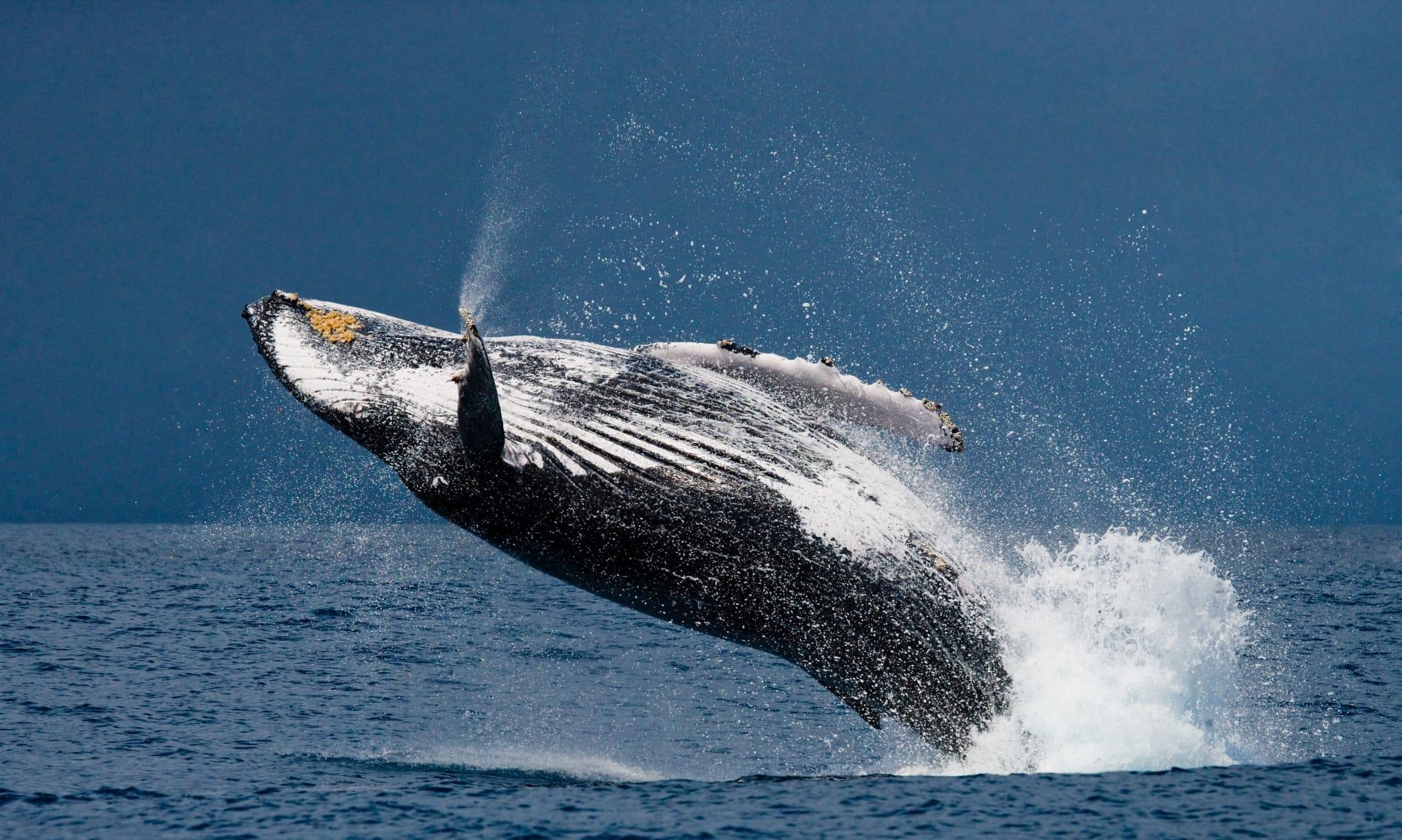Blue Whale Characteristics
- Home /
- Mini Encyclopedia /
- Animal /
- Blue Whale Characteristics
1
The Blue Whale, an extraordinary marine mammal, is the largest animal ever known to have lived on Earth. These colossal creatures can grow up to 100 feet in length and weigh as much as 200 tons, roughly equivalent to 33 elephants. Their tongues alone can weigh as much as an elephant. These whales have a heart the size of a small car and its beat can be detected from two miles away. With a lifespan that can reach up to 90 years, blue whales are living testaments to the grandeur of nature.
One of the most fascinating organs in a blue whale is its blowhole. Located on top of their head, this vital feature allows the whale to breathe while swimming just below the water's surface. The blowhole is a specialized adaptation that works like a nostril, but with powerful muscles that can close it tightly, preventing water from entering their lungs. When a blue whale surfaces, it forcefully expels air and vapor through its blowhole, creating a spout that can reach up to 30 feet in height, a spectacular sight often seen from afar.

2
Question: How do Blue Whales communicate?
Answer: Blue Whales are known for their impressive vocalizations, which are considered the loudest calls of any animal on the planet, reaching up to 188 decibels. These sounds can travel for hundreds of miles underwater. Researchers believe these calls are used for communication and possibly for navigation across the vast oceans. These low-frequency pulses, moans, and rumbles are not only a form of long-distance communication but also play a crucial role in their social interactions, particularly during mating season.

3
Movement-wise, Blue Whales are surprisingly graceful swimmers despite their colossal size. They cruise the ocean at over 5 miles per hour but can accelerate up to 20 miles per hour when needed. Their streamlined bodies and powerful tails allow them to glide effortlessly through water.
When it comes to feeding, blue whales exhibit a unique method called 'lunge feeding.' They take in a massive amount of water and krill, their primary food source, by opening their mouths at a high speed. This water is then pushed out through their baleen plates, leaving behind krill and small fish. An adult blue whale consumes about 4 tons of krill a day during feeding season.

4
Blue Whales inhabit all oceans of the world, primarily residing in cold, temperate waters. They migrate annually from their breeding grounds in the tropics to feeding grounds in polar waters. These migrations are some of the longest of any mammal, with some traveling as far as 5,000 miles.
In terms of reproduction, blue whales reach sexual maturity at around 10 years of age. Females typically give birth every two to three years after a gestation period of about 11 months. Newborns are about 23 feet long and weigh about 2.5 tons, already ranking among the largest creatures on Earth. Calves are nursed for 6 to 7 months, during which they consume approximately 100 gallons of milk and gain about 200 pounds per day.

5
Book: "The Blue Whale" by Jenni Desmond is a stunningly illustrated, non-fiction picture book providing a wealth of information about blue whales. Published in the United States in 2015, this book is both informative and visually appealing, making it an excellent resource for children and adults alike. Desmond's work blends scientific facts with engaging illustrations, creating a captivating exploration of these magnificent creatures.
Book: "Whales, Dolphins, and Porpoises" by Mark Carwardine, published in the United Kingdom in 2002, offers an extensive overview of marine mammals, with a significant focus on blue whales. Carwardine, a renowned zoologist and whale expert, provides detailed insights into the behavior, biology, and conservation of these marine giants. This book serves as an invaluable guide for anyone interested in the fascinating world of cetaceans, offering a blend of scientific detail and accessible writing.